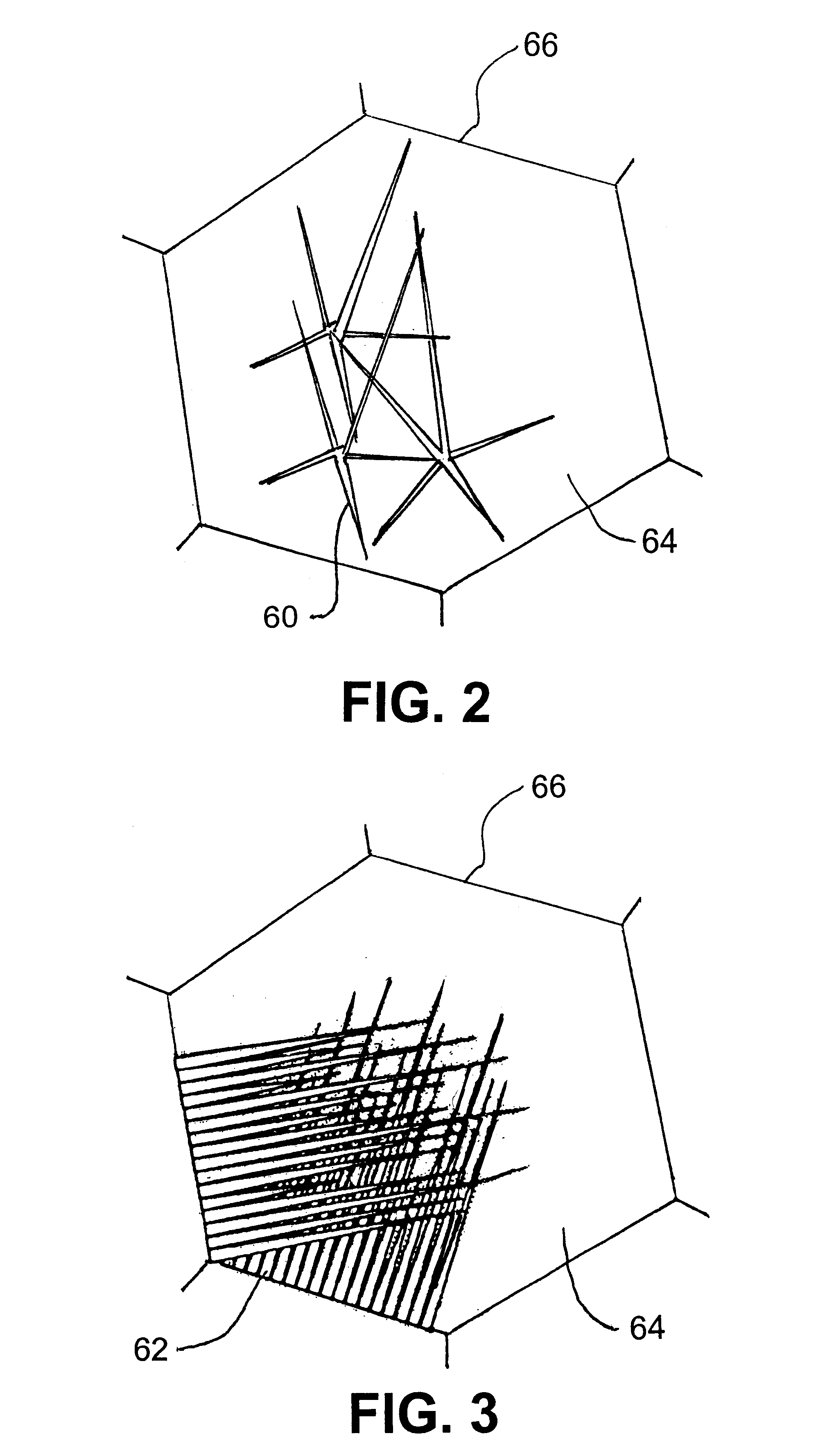Method for producing titanium-bearing microalloyed high-strength low-alloy steel
a microalloy, high-strength technology, applied in the field of high-strength low-alloy steel production methods, can solve the problems of increasing the impact toughness of tin at heat-affected zones, and reducing the strength of steel, so as to achieve the effect of easy propaga
- Summary
- Abstract
- Description
- Claims
- Application Information
AI Technical Summary
Benefits of technology
Problems solved by technology
Method used
Image
Examples
Embodiment Construction
AND DISCUSSION
The following examples and discussion help to further explain the invention, but should be understood to be illustrative and not limiting to the scope of the invention.
Table 3 shows the summarized chemical compositions in percent by weight of several produced test grades of titanium-bearing steel. Sample grade T.sub.ref is provided for reference and is not steel of the present invention, and sample grades T1 through T4 are steels of the present invention. Sample V4 is a vanadium-strengthened steel, provided for comparision.
For a steel according to the present invention with a carbon content of 0.03 to 0.06% by weight, including sample grades T1, T2, T3, and T4 in Table 3 that are 0.05% carbon by weight, the temperature of the steel is approximately between 840 and 900.degree. C. (1550 and 1650.degree. F.) on leaving the mill, preferably between 860 and 890.degree. C. (1590 and 1630.degree. F.), and more preferably 860.degree. C. (1590.degree. F.).
Table 4 summarizes the...
PUM
| Property | Measurement | Unit |
|---|---|---|
| Fraction | aaaaa | aaaaa |
| Fraction | aaaaa | aaaaa |
| Fraction | aaaaa | aaaaa |
Abstract
Description
Claims
Application Information
 Login to View More
Login to View More - R&D
- Intellectual Property
- Life Sciences
- Materials
- Tech Scout
- Unparalleled Data Quality
- Higher Quality Content
- 60% Fewer Hallucinations
Browse by: Latest US Patents, China's latest patents, Technical Efficacy Thesaurus, Application Domain, Technology Topic, Popular Technical Reports.
© 2025 PatSnap. All rights reserved.Legal|Privacy policy|Modern Slavery Act Transparency Statement|Sitemap|About US| Contact US: help@patsnap.com



